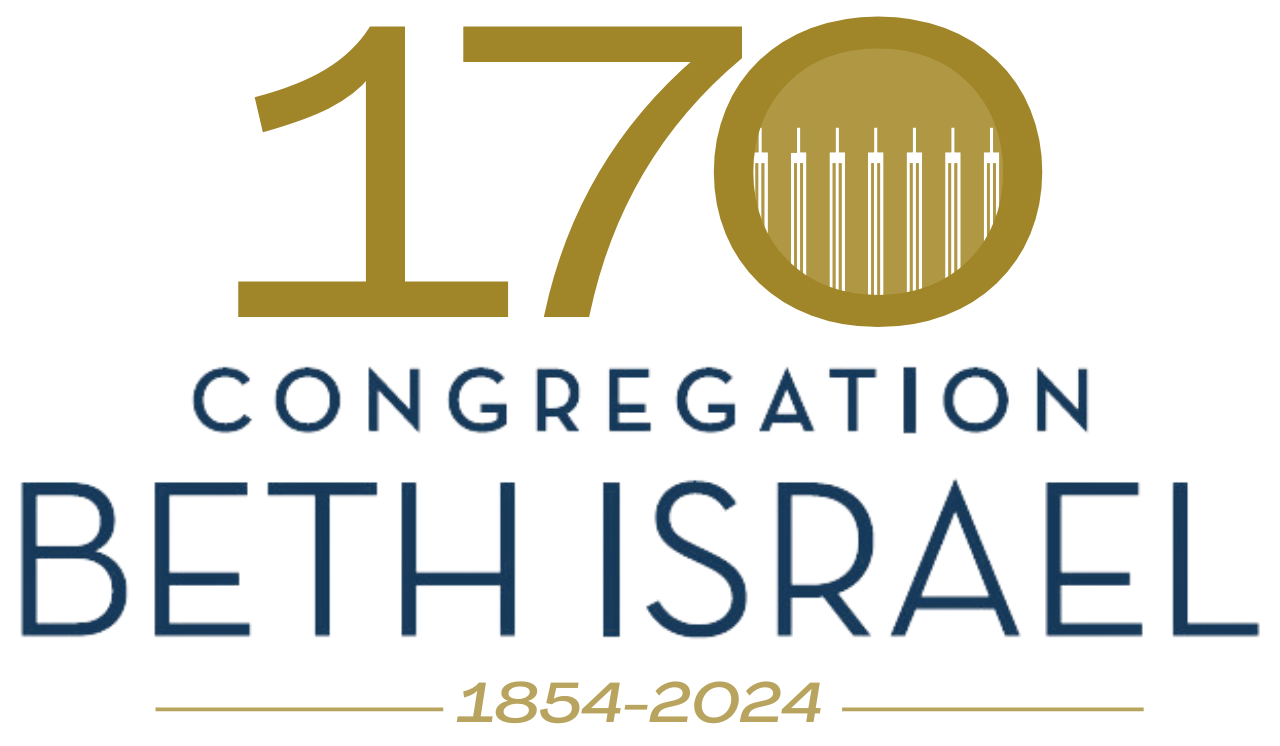The Crown of Torah
The Crown of Torah
From the desk of Rabbi David Lyon
On my morning walk with my dog, I came upon a neighbor walking his dog. He asked me, “What kind of dog is that?” I replied, “He’s a Cavalier King Charles Spaniel.” Then we both smiled and said, “King Charles III!” and went on our separate ways. As the British monarchy goes through its royal motions, we watch from a distance both geographically and historically. It was kings and queens that drove pioneers to these shores to forge a new nation without a monarchy. Though some of us enjoy British history and watch streaming movies about the royal houses that ruled there, it seems that the situation in the world has moved beyond the necessity for or the imperial authority of a crown at all.
Royalty in Judaism once ruled in ancient times, too. We had kings, though not a Charles in the lot. We had Saul, David, and Solomon. During Temple times, the Priests held royal roles of sorts. But it was the conflicts between ruling classes among the priests that contributed to the conflict that raged within and without as the Roman legions rose up against them. When the Temple was destroyed, the rabbinical age emerged to lead synagogues and democratize participation in Jewish life. Where the people once brought sacrifices and offerings to the priest to offer to God, now the people brought their own prayers and supplications to God, directly. The only crown and vestments that remained were worn, not by the rabbis, but by the Torahs, themselves.
Today, the crown is placed atop the Torah scrolls. The crown still symbolizes the height of Torah’s Jewish authority. The breastplate, once worn on the chest of the priest, now covers the front of the Torah. It might be decorated with 12 stones to symbolize the 12 Tribes of Israel, or it might be decorated with Jewish symbols, such as the Lions of Judah or a Jewish star. The mantle on the Torah is also decorated to distinguish the Torah from all other sacred objects. Like the attire once worn by the priest, the Torah wears its mantle with distinction and honor.
In our democratic nation, we bow to no king or queen. We only put our hand over our heart and pledge allegiance to the United States of America, symbolized by our nation’s stars and stripes. In Judaism, we bow only to God. Some Jewish worshipers bow or bend the knee at certain points in a prayer, but always towards God and Torah, and never towards a human being. How then does a Jewish person pay respect to one like King Charles III, if one is honored to be in his presence? Only with a slight nod to respect the custom of the place but without further displays of submission or obeisance.
In Talmud, we learn, “Dah lifnei Mi atah omeid,” Know before Whom you stand. These words are often inscribed and displayed over the Holy Ark in a synagogue. The only One before whom we stand is God. And, when we recite Aleinu, a concluding prayer in our worship service, we confirm, “Therefore we bow in awe and thanksgiving before the One who is Sovereign over all, the Holy and Blessed One.”
To our allies “across the pond,” we are moved by the death of Queen Elizabeth II, and hopeful for King Charles III’s role in a fast-moving and greatly challenged world. May the One who makes peace in the high heavens, bring peace upon us and all God’s creations, everywhere.
L’Shalom,
![]()
